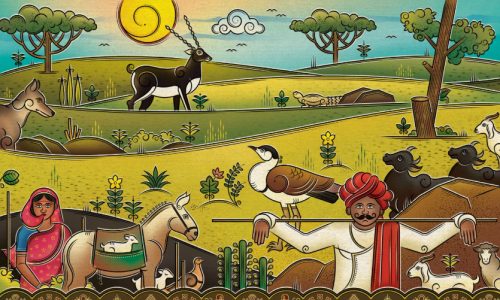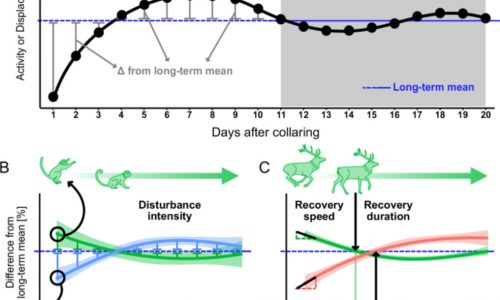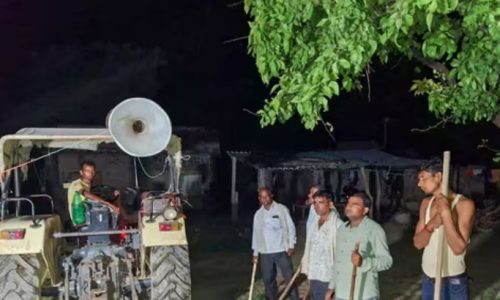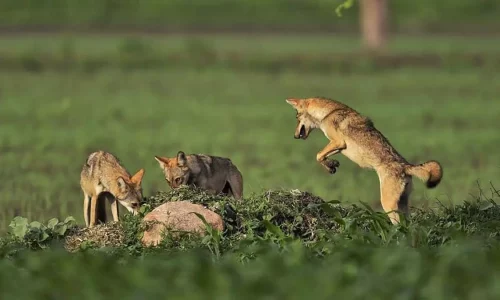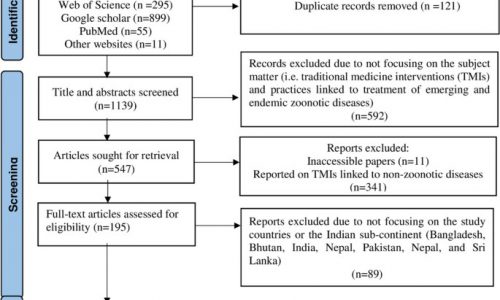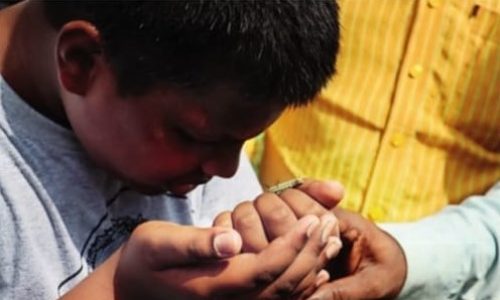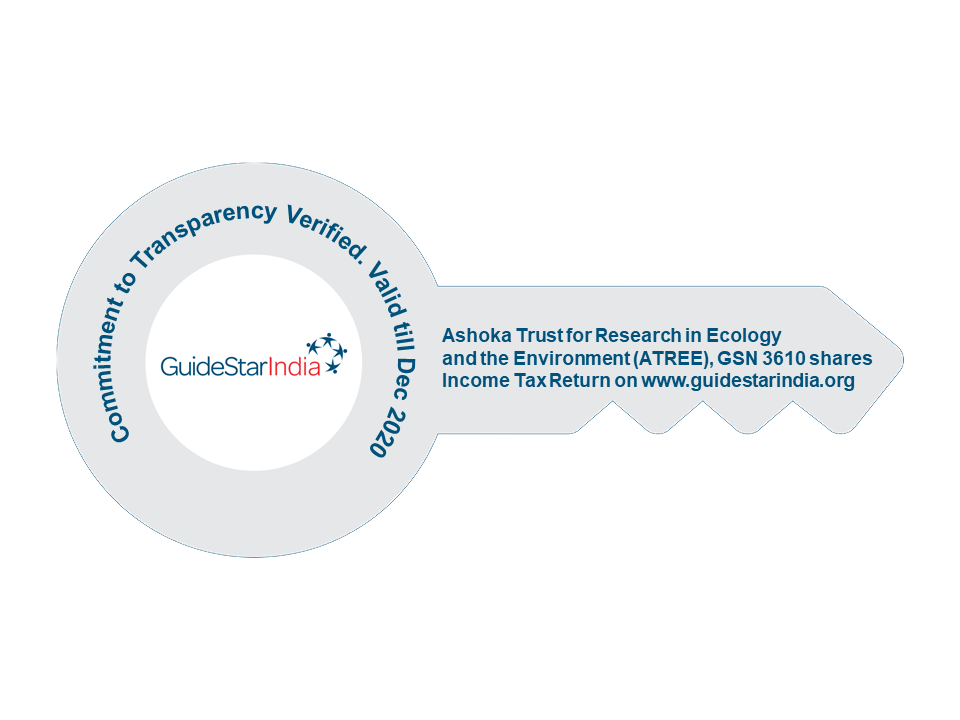Kadambari Deshpande, Abi T. Vanak, M. Soubadra Devy, Jagdish Krishnaswamy
Oikos | 03 January 2022
Old world fruit bats are important seed dispersers of forest plants as well as of commercial fruit crops. Bats scatter seeds across landscapes and also aggregate (clump) seeds under feeding and roosting trees. In agroforestry landscapes, bat frugivory and seed dispersal can result in simultaneous accrual of socio-economic benefits and costs to humans, which may be further affected by human health risks from zoonotic spillover through human–bat interactions. In our study, we used an integrated approach to assess socio-economic benefits (from seed dispersal) and costs (from frugivory) from bats, in relation to latent zoonotic risk. We carried out the study in five agroforestry landscapes along India’s Western Ghats, for selected commercial fruit crops (cashew, areca, banana and other pulpy/fleshy fruits). Specifically, we hypothesized that people’s perceptions of benefits from fruit bats would be correlated with measured extents of clumped seed dispersal in fruit plantations. We conducted ecological studies to investigate the effects of fruit crop type and plantation attributes on clump-dispersal, and in turn, on perceived ‘net benefits’ assessed from interviews with plantation-associated people. We then explored associations between perceived socio-economic net benefits and spatial data on disease risk factors for fruit bat-linked henipavirus transmission. We found that the extent of bat-mediated clump-dispersal was highest for cashew, especially in isolated plantations. People’s perceptions of benefits from fruit bats matched the measured extents of clump-dispersal of cashew and areca. These benefits came with some costs from scatter-dispersal and damage to other fleshy fruits from frugivory by bats. Interestingly, we did not detect tradeoffs between perceived net benefits from bats and disease risk, which is of significance for bat conservation and its implications for human well-being. Overall, our results highlight that bat-mediated seed dispersal needs to be sustained as an important ecosystem service, despite some latent zoonotic risk, in the Anthropocene


